Just because ticks aren’t your favorite creatures doesn’t mean you can’t admire their life strategies.
Enlarge
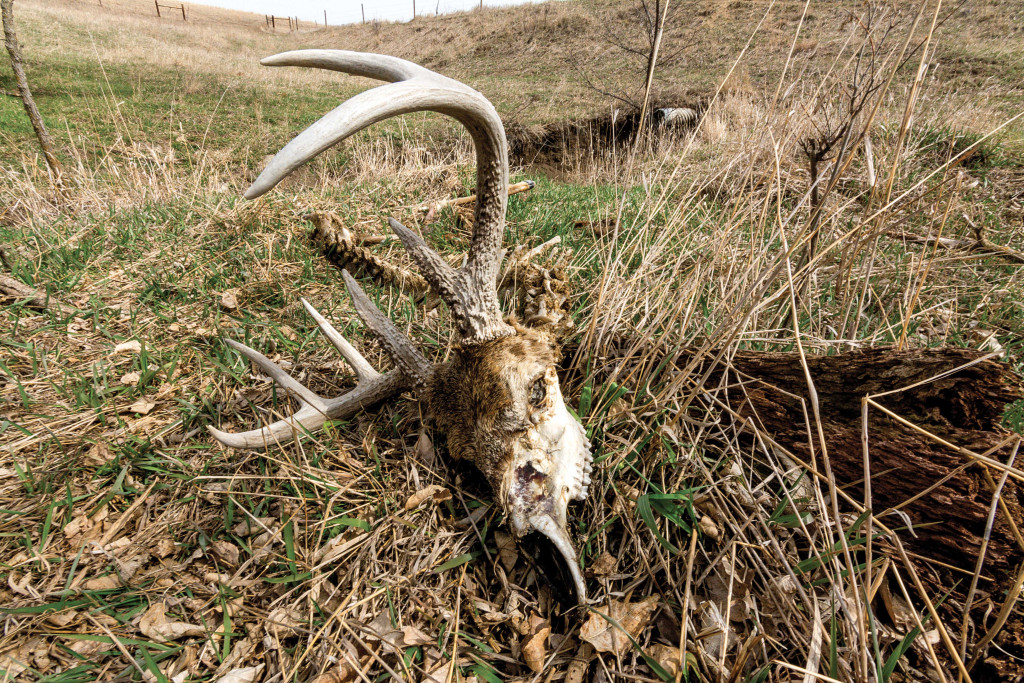
Photo by Chris Helzer
Story and photos by Chris Helzer
I found a deer carcass one April day while walking around my family prairie. I’m not a trophy hunter, but I’m pretty sure my friends who are would have been happy to see it beneath their tree stand the previous fall. I don’t know how long the dead deer had been lying there. By the time I found the carcass, it had been nearly completely stripped clean.
I approached the deer with my camera, hoping to find and photograph any remaining carrion beetles or other invertebrates feeding on what remained. What can I say? I’m a weird dude.
I did find a few beetles moving around, but not very many. While I was photographing them, however, I noticed a dog tick perched high on an old grass stem. Then I saw another one. And another. Once I started actively looking for them, they were all over the vegetation near the carcass. There were even a few on the deer itself.
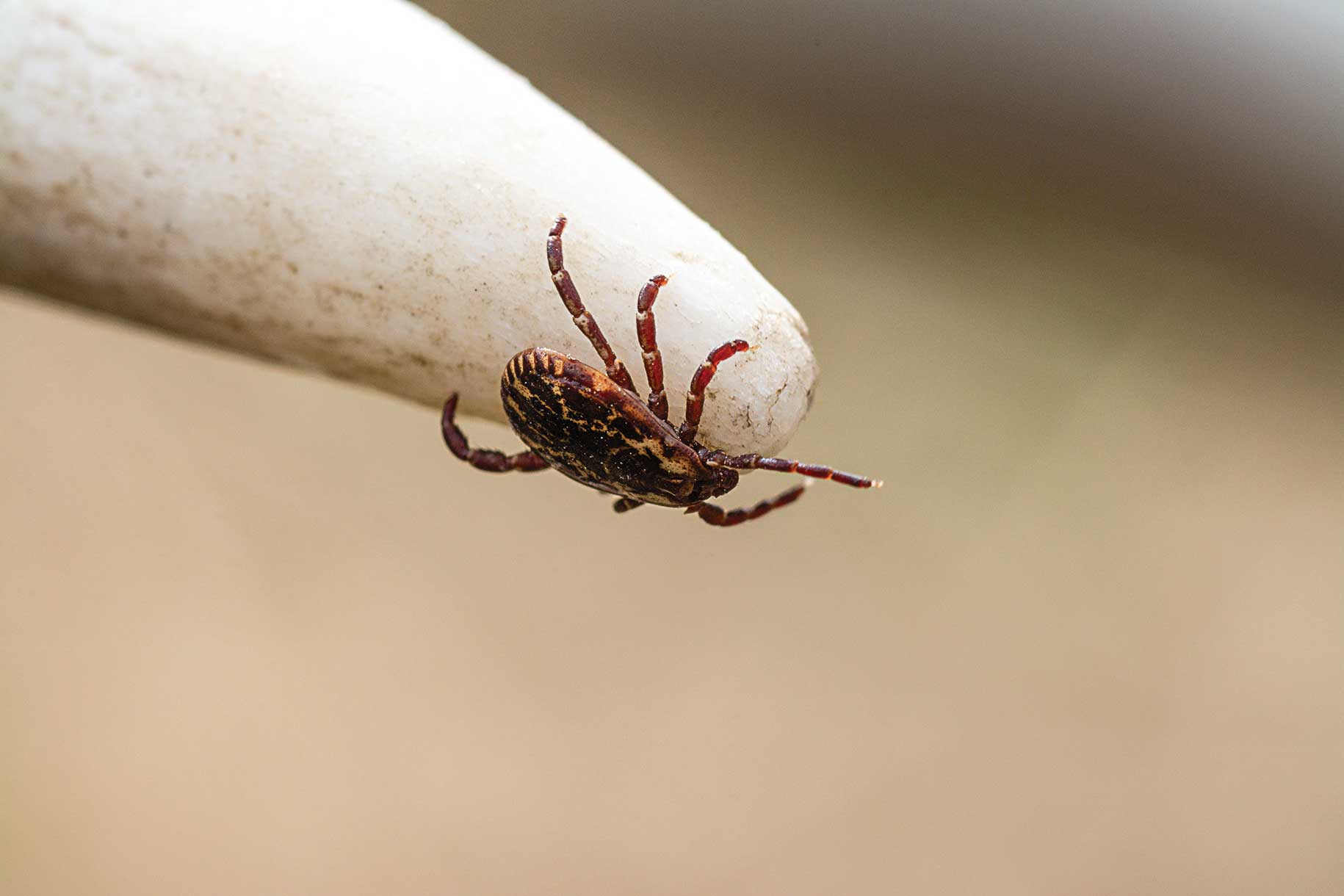
As I continued to spot ticks all around me, I did two things. First, I did a quick tick check of my own body to confirm that I was still tick free. I was. Second, I tried to come up with a hypothesis to explain what I was seeing.
There seemed to be two possibilities. One was simply that the ticks had been on the deer while it was alive and had abandoned ship after its death. They’re tiny creatures with tiny legs, so it might make sense that they hadn’t traveled very far yet. It seemed possible, but none of the ticks I saw were engorged, which made me a little skeptical that they’d all been attached to the deer when it had died.
My second hypothesis was more fun to ponder and also seems more likely to me. What if the ticks had converged upon the deer carcass because it increased their chance of encountering animals like coyotes or opossums who might show up to feed on the carcass?
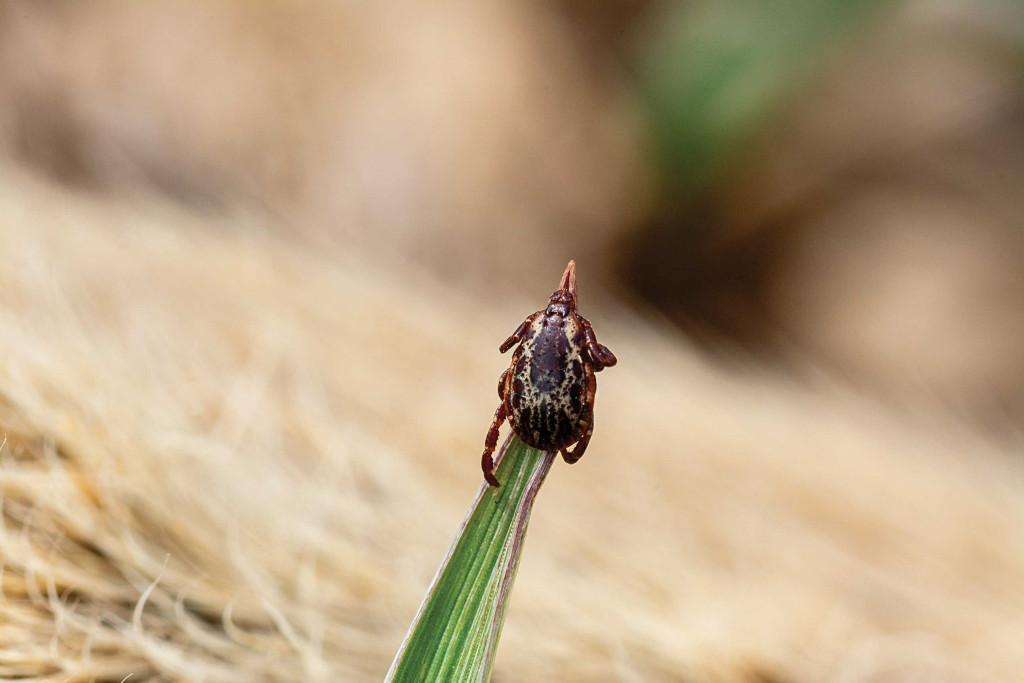
As far as I knew, ticks find their victims, known as hosts, by climbing up into the vegetation and waiting for a creature to brush past them. They hold on to the vegetation with some legs but keep their front legs free for latching onto passers-by. Lurking in random locations seems destined to fail most of the time. Ticks must have strategies for positioning themselves where they can increase their chances of success. I was pretty sure I’d read something about ticks being most common along well-used trails, for example.
While I wondered why the ticks were there, I photographed some of them. Later, after returning home, I did some research to see if I could find any other reports of ticks hanging out near dead animals. Sure enough, I found a few scientific journal articles in which researchers reported sightings somewhat similar to mine.
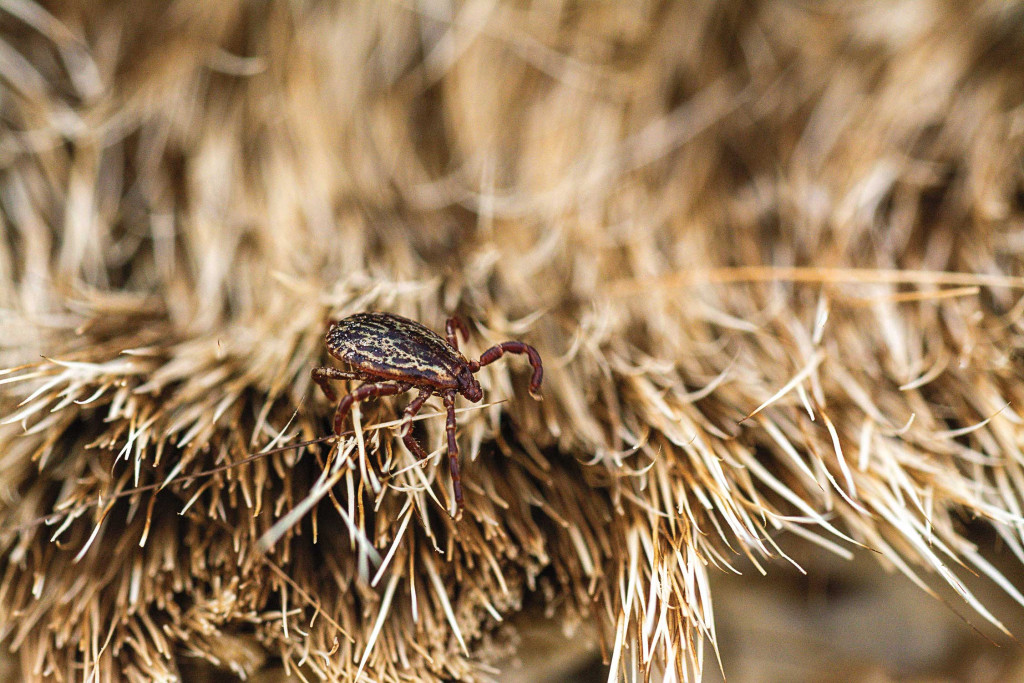
Scientists have documented ticks hanging out around decomposing mice and fish, as well as near a dead deer and a dead porcupine. In the case of the porcupine, scientists — also known as fellow weirdos — located its carcass in May and had spent about 15 minutes watching maggots and beetles on the carcass but didn’t notice any ticks. Several weeks later, they returned to the same carcass and found more than 300 dog ticks within a few feet of it. It seemed clear that the ticks had been drawn to the dead porcupine.
None of the studies I read had definitive answers about why ticks might be attracted to carcasses, but my favorite hypothesis was shared by several of the articles. There was some discussion about whether the ticks might be attracted to the smell of decay or to the carbon dioxide released by the decomposition. Either way, the ticks seemed to sense the dead animals and moved toward them.
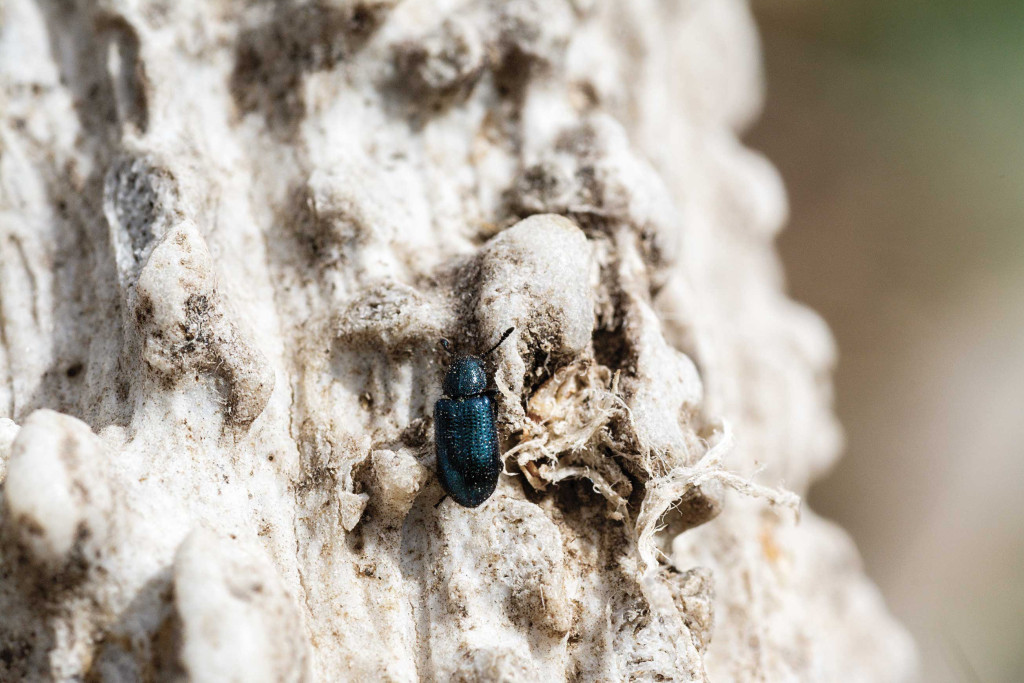
I can’t be sure the ticks I saw hadn’t just dropped off the deer when it died. Of course, that’s a possibility. However, it makes a lot of sense to me that ticks would have evolved to be attracted to dead animals that would, in turn, attract animals for those ticks to attach to and feed on. If so, that’s a fantastic little life hack and a much better alternative to simply climbing a random grass stem and hoping something happens to walk by.
I’m guessing most people reading this aren’t huge fans of ticks. I can understand how you might be discomfited to learn that ticks have strategies for increasing their chances of encountering you in the wild. On the other hand, in this particular case, the only creatures that need to worry are scavengers like coyotes and opossums and weirdo photographers like me.
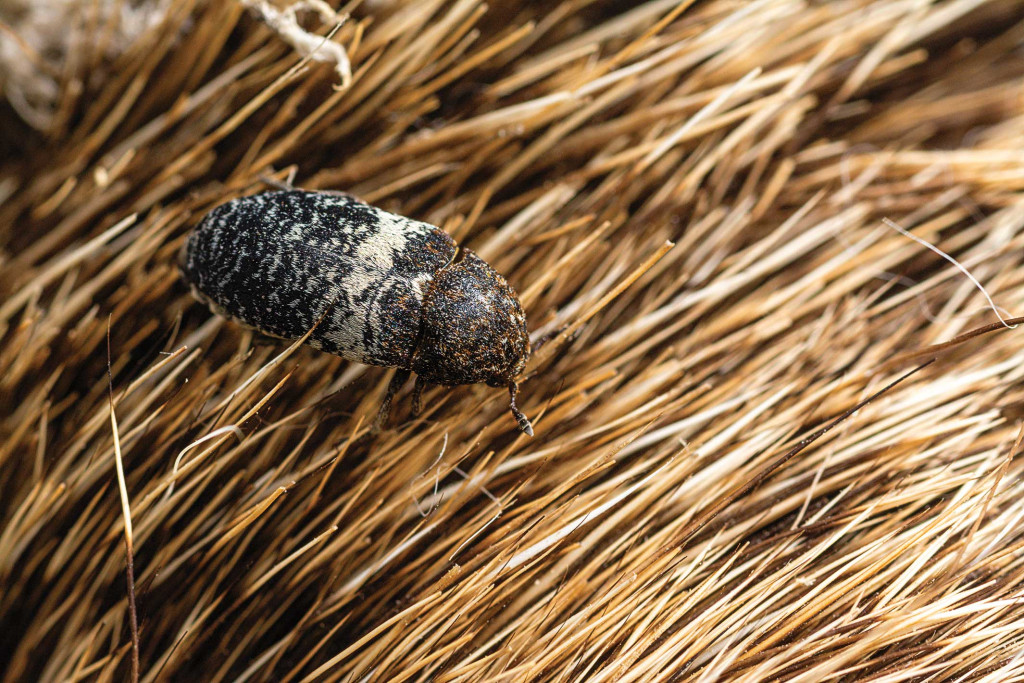
Chris Helzer is the Nebraska Director of Science for The Nature Conservancy and is based in Aurora. When he isn’t searching for obscure subject matter to photograph and write about, he conducts research and captures lessons from the Conservancy’s land management and restoration work.
Chris is a regular contributor to Nebraskaland Magazine, with his first story appearing in 1995.
The post Tick Tactics appeared first on Nebraskaland Magazine.
















